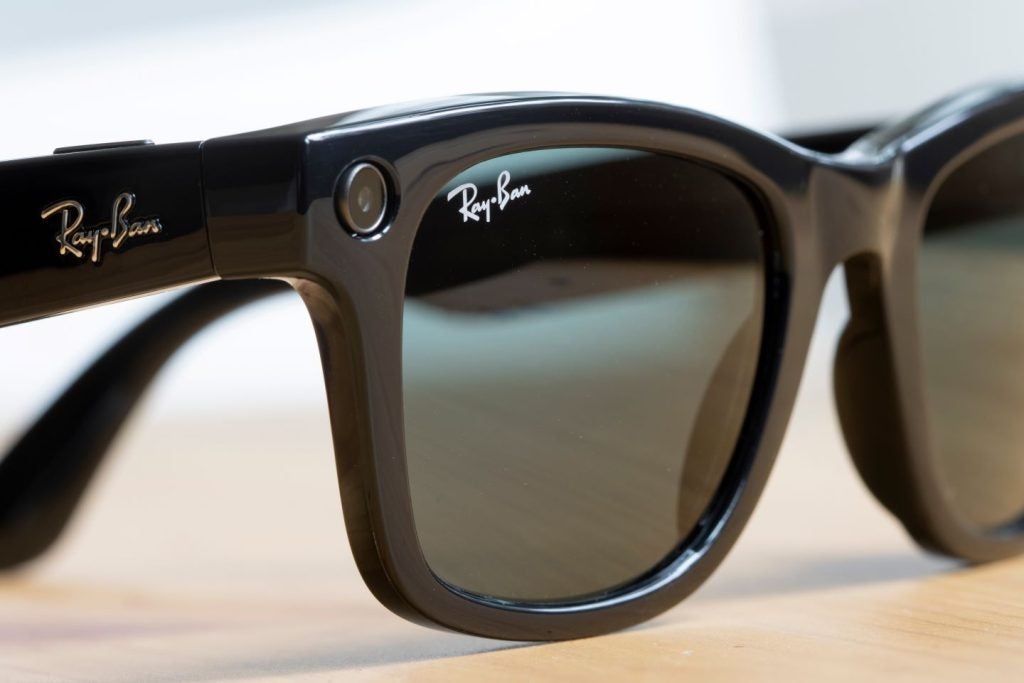Once relegated to science fiction and cyberpunk, smart glasses will soon be the next big user interface for the metaverse, offering a seamless experience between the real and virtual worlds. Although smart glasses had a blurry start in 2013, with hardware being released somewhat pre-emptively, emerging use cases for augmented reality (AR) will ensure that they will be the primary user interface in the metaverse in the long run.
A slow start but increasing interest
In 2013, when Google began selling prototypes of its Glass head-mounted devices (HMDs), the devices failed to impress consumers due to privacy concerns, a high price, and a lack of content. Fast forward to today—with the continued launch of smart glasses and tech giants such as Apple and Meta planning to enter the market in 2023 and 2024, respectively—it is clear that there is still potential for the technology.
Industry experts from several Big Tech companies such as Meta, Nokia, and Microsoft believe that the glasses will replace smartphones in the coming years. However, hardware, processing power, pricing, as well as data privacy and safety concerns must be addressed for this to become a reality.
Smart glasses adoption will be driven by enterprises
Enterprises will drive smart glasses adoption over the next few years. Companies such as DHL are already using AR glasses for warehouse management. Similarly, Boeing’s research and technology division uses Google Glass in the construction of aircraft wire harnesses, which reduces process time by 25% and errors by 50%. Manufacturing companies such as Airbus, GE, and AGCO also use smart glasses in their regular operations.
GlobalData estimates the AR smart glasses market to reach $21 billion in 2030, with enterprise AR smart glasses accounting for a 57% share (or $12 billion) and consumer AR smart glasses accounting for the remaining share. With evolving technology, improving processing power, and increased use cases, this adoption is likely to increase.
Smart glasses will be the next big interface for the metaverse
Their ease of use, light weight, and seamless integration of digital content onto a user’s real-world view make smart glasses a key device for the metaverse. The metaverse is a virtual world where users share experiences and interact in real time within simulated scenarios. The metaverse could transform how people work, shop, interact, and consume content.
How well do you really know your competitors?
Access the most comprehensive Company Profiles on the market, powered by GlobalData. Save hours of research. Gain competitive edge.

Thank you!
Your download email will arrive shortly
Not ready to buy yet? Download a free sample
We are confident about the unique quality of our Company Profiles. However, we want you to make the most beneficial decision for your business, so we offer a free sample that you can download by submitting the below form
By GlobalDataAs the technology evolves, the glasses will become more immersive and will be able to provide easy accessibility to these digital worlds without having to carry a device. A clear benefit is that they fill a user’s entire vision with the information being displayed, unlike smartphones that have a very limited screen size in comparison.
The market is currently led by Alphabet (Google), Rokid, and Seiko Epson, which focus mainly on enterprise customers. Apple is expected to be a potential leader in the consumer AR smart glasses market, due to its experience in designing compelling wearables and its ability to build ecosystems around those devices. Also, Meta’s second-edition smart glasses, most likely to feature AR, are expected to arrive by 2024. Meta is working on electromyography, a technology that will enable impulse-based control.
Such developments by tech giants suggest that the technology is evolving and is well on its way to becoming the next big interface for the growing metaverse.








Related Company Profiles
Apple Inc
Alphabet Inc
Airbus SE
Nokia Corp
AGCO Corporation